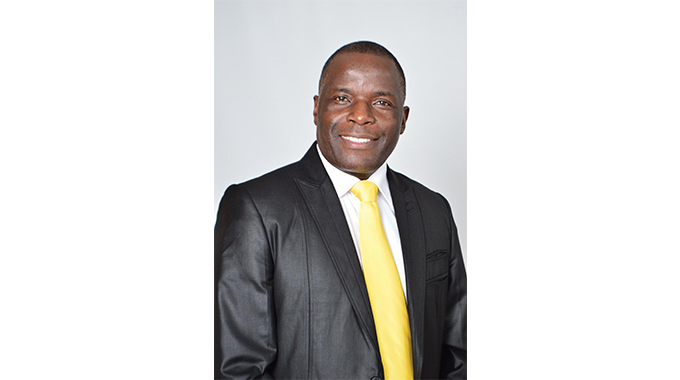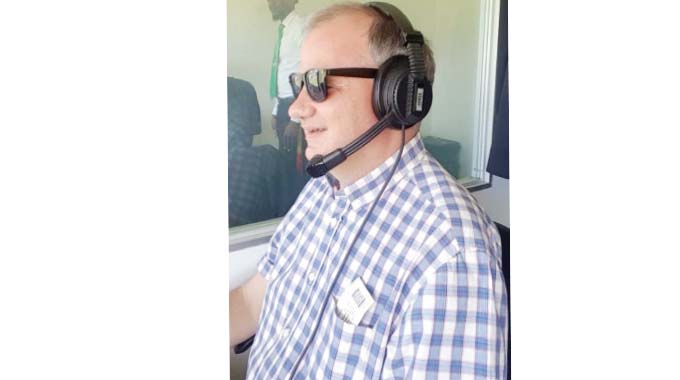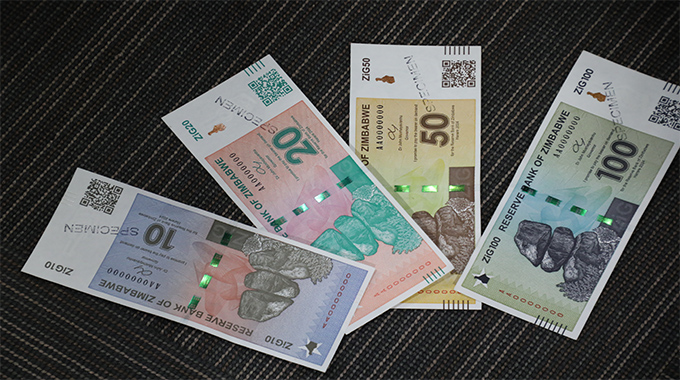Satellite Leather Design Studio to gobble US$700k

Oliver Kazunga, Senior Business Reporter
ZIMBABWE’S first Satellite Leather Design Studio, which would be established in Bulawayo to boost production of high-quality leather products, needs at least US$700 000 under the first phase.
The setting up of the studio is also expected to impact positively on the entire regional economy. Leather Institute of Zimbabwe (LIZ) president, Mr Cornelio Sunduza, said they were now mobilising funds to establish the facility.
“We are working on the work plan and also consulting the sector in terms of the plans that we are putting up for funding,” he said.
“On Thursday we are having a meeting with Comesa (Common Market for Eastern and Southern Africa) to strengthen stakeholder involvement in the studio, and what we are doing now is we are actually mobilising the funds for the studio set up. At least US$700 000 is required for the first phase.”
It is hoped that the design studio would help drive focus to the upper value chain stratum and enhance higher downstream impact to all stakeholders in the wider leather industry.
The idea for the Satellite Design Studio was mooted sometime in 2015 and came into fruition in March last year.
With the approval of the Government, Comesa have confirmed LIZ as the focal point and host of the regional satellite design studio model.
“Comesa, which would release the funds for the Satellite Design Studio requires that each country designs a project proposal before the funds are disbursed because what we want for instance is different from what Malawi wants in terms of funding,” said Mr Sunduza.
LIZ had indicated as early as July that the process of conceptualising the design studio had started. The emphasis of the design studio was conception of designs, enhancing creative and technical designing that will ensure originality of locally produced branded products that are market informed and capable of competing globally.
“Among others, our design studio will have a screen so that when the lecturer is lecturing, the students can interact on the digital screen while at the same time we would want to work with tanneries to improve the quality of the leather that we will use in the design studio,” said Mr Sunduza.
The revival of the leather sector is being guided by the Zimbabwe Leather Sector Strategy (2021-2030), which was launched in Bulawayo by Vice President Dr Constantino Chiwenga this year.
Under Vision 2030, Zimbabwe is set to attain an upper middle-income economy and the leather sector is among the key sectors earmarked for transformation to drive the country towards the targeted status. – @KazungaOliver








Comments